WHITEPAPER SERIES
Foresight Principle 2
Focus on what’s not changing.
While others focus on what’s changing, successful Foresight involves recognising and addressing fundamental human needs that remain constant, rather than getting caught up in fleeting trends or innovations that don’t align with everyday needs.
This is part two in a three-part series in which we argue that consumers are just as important as experts, trends and AI predictions in helping brands minimise risk in Foresight strategies. Scroll down to navigate to another part within the series.
Jeff Bezos once said: “everyone is focused on what’s changing, I’m focused on what’s not changing”.
This may seem counter-intuitive in Foresight work, but it’s sage advice. Amazon’s success is built on value and convenience. Similarly, AI applications will continue to soar in use because they address fundamental human needs; helping people achieve more, become more knowledgeable and efficient.
In contrast, innovation flops – such as Segways, Google Glass & in-home 3D printing – don’t speak to people’s everyday needs.
Building a strategy around ‘durable’ needs is important, but there is nuance to this. Foresight strategies aren’t created simply by layering over fundamental needs. As we described in Principle 1, while human needs stay the same, consumer behaviours (habits & routines) & expectations (attitudes & demands) do constantly change in response to macro forces and external factors.
Take entertainment as an example: Netflix introduced new ways of watching that shifted customer expectations and placed the consumer in control of their viewing experience. This led to a saturated market, introducing new pain points, like too much choice. So, it’s important to work with consumers in an ongoing way in Foresight projects to understand:

When decisions are formulated without incorporating current customer insights, it significantly complicates the comprehension of tomorrow’s landscape, encompassing future trends and foresight.
Andrew Habgood – Global Customer Insights Senior Manager, Jaguar Land Rover
In Principle 1, we established that it’s important to work with consumers in Foresight challenges. But it’s not easy to do this effectively.
There are more than a dozen well-documented cognitive biases that make it clear that people are terrible at predicting what they will think, how they will react, what they will do and how they will feel in the future. Here’s a list of the remarkable things our minds can do:
- Build up fake memories (confabulation).
- Base their assessment of future events on past experience (the gambler’s fallacy).
- Assess potential risks emotionally (neglect of probability).
- Place too much weight on their own experiences (anecdotal fallacy).
Even worse, we’re wired to think we’ll make better choices in the future than we actually do. It can thus be paradoxical to trust processes focused on people’s future needs to justify million-dollar investments.
So how can brands overcome research barriers, and involve consumers in the process? It’s all about the craft and creating the right conditions for customer collaboration.
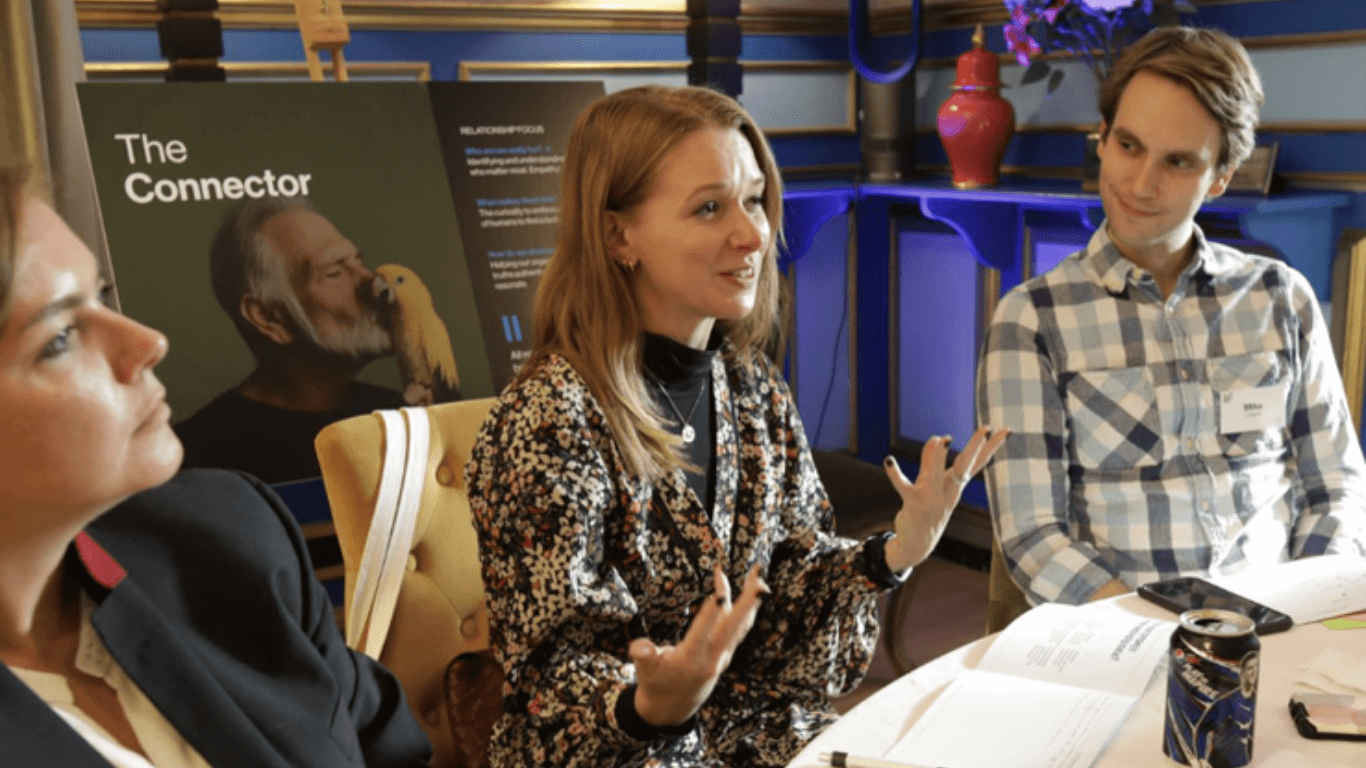
First, we need to create the right conditions and space to spark future-thinking.
Many people think creativity is a talent, but it’s a way of working. We believe everyone can be creative and get into a future-facing mindset – but only if we create the right environment. That’s why it’s vital to think like a producer and design the space intentionally. This could be spending time behind-the-scenes at a Michelin star restaurant, pondering sustainable solutions at the Eden Project or developing virtual showrooms of the future that you can explore through avatars. If you want people to embrace a future-mindset, you must make space for that.
It’s not only about the room itself. Follow Design Fiction principles and create inspiring set-ups of what future worlds could be to help consumers project themselves into a future mindset. This can be a simple “news notification”, or with short videos if you’re doing it online or in a survey. For workshops IRL you can go the extra mile and bring in inspiring future documentaries, or an interactive theatre experience to go through an imaginary future scenario.
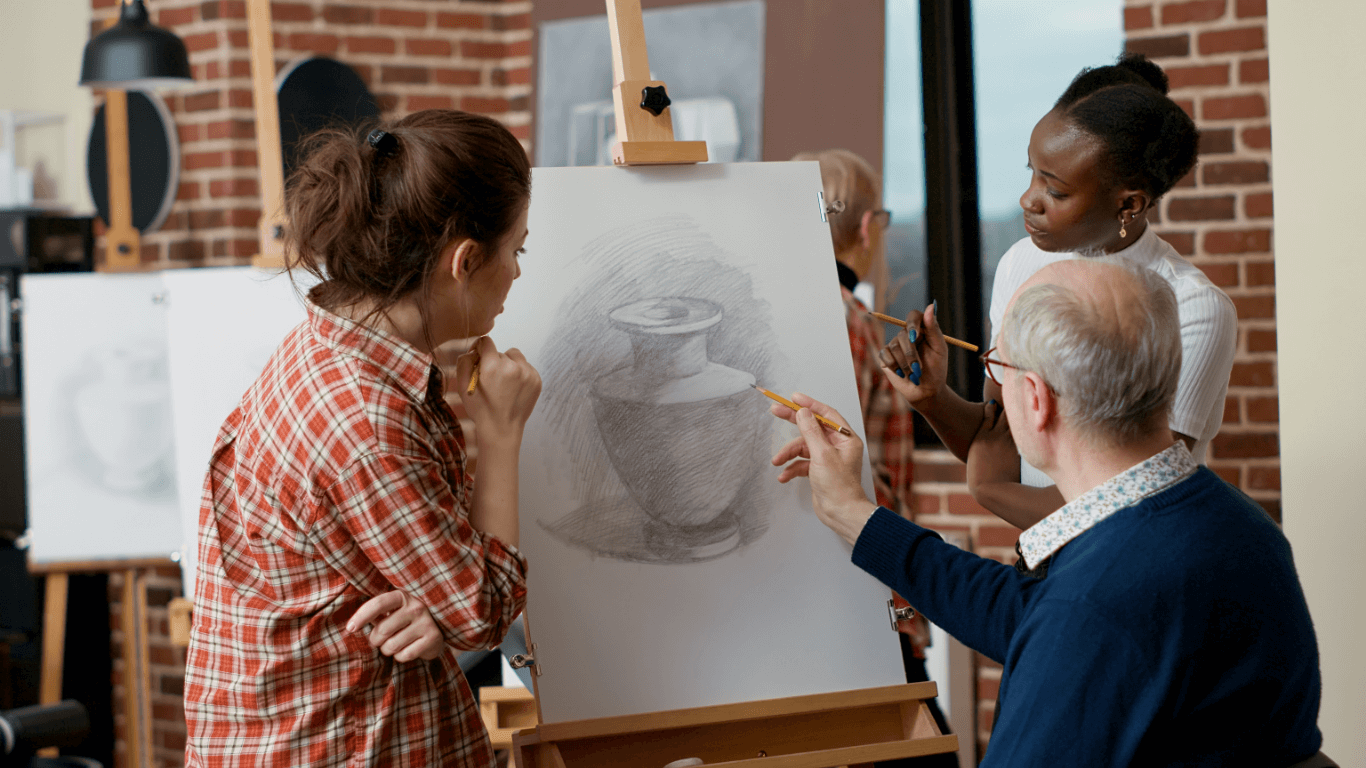
Yes, there are research barriers standing in the way; people can’t say, won’t say or don’t know. But here you can implement research skills and run activities and questions in the right way to help people adopt a future mindset. Without revealing the whole content of our “Magic Box” (~25 years of creative and experimental research techniques) we thought it might be helpful to feature a few gems that can help uncover future needs.
It’s hard to imagine what doesn’t exist yet, but Jung’s ‘guided fantasy’ helps us dream up the future. Have people sit or lie, eyes closed and listen to the ‘ascending meditation,’ guiding them through different places relevant to the concept, before waking them. In silence, participants write down what they ‘saw.’ If it sounds like hypnosis, it’s because it is.
One of our favourite ways to get beyond the research barriers and unlock unconscious knowledge of participants, is through building! LEGO Serious Play is based on the principles of Constructionism (building through our hands helps us express what we’re truly thinking). Story-making is our brain’s natural way to understanding complex matters, so by building models and using metaphors, we’re building narratives and sense-making as we’re going. We’ve found LSP incredibly useful in Futures work because it helps participants articulate responses to future scenarios, showcase untapped needs, and unlock secret hopes for the future that participants might not otherwise be able to verbalise.
A gamified approach that lets people invest tokens in the real-world outcomes they think are most and least likely, and so aggregates beliefs over unknown future outcomes. Not only does it work as a qual or a quant exercise, but it also helps overcome basic human biases when thinking ahead. It’s effective as it meets three conditions for leveraging the collective “wisdom of the crowd”: (1) Participants have diverse information unique from others. (2) They make their decisions independently. (3) The market is decentralised.
Clearly, it’s not a fool-proof method (e.g. the group needs to be sufficiently broad and have a certain level of knowledge on the subject), but it’s a good place to start.
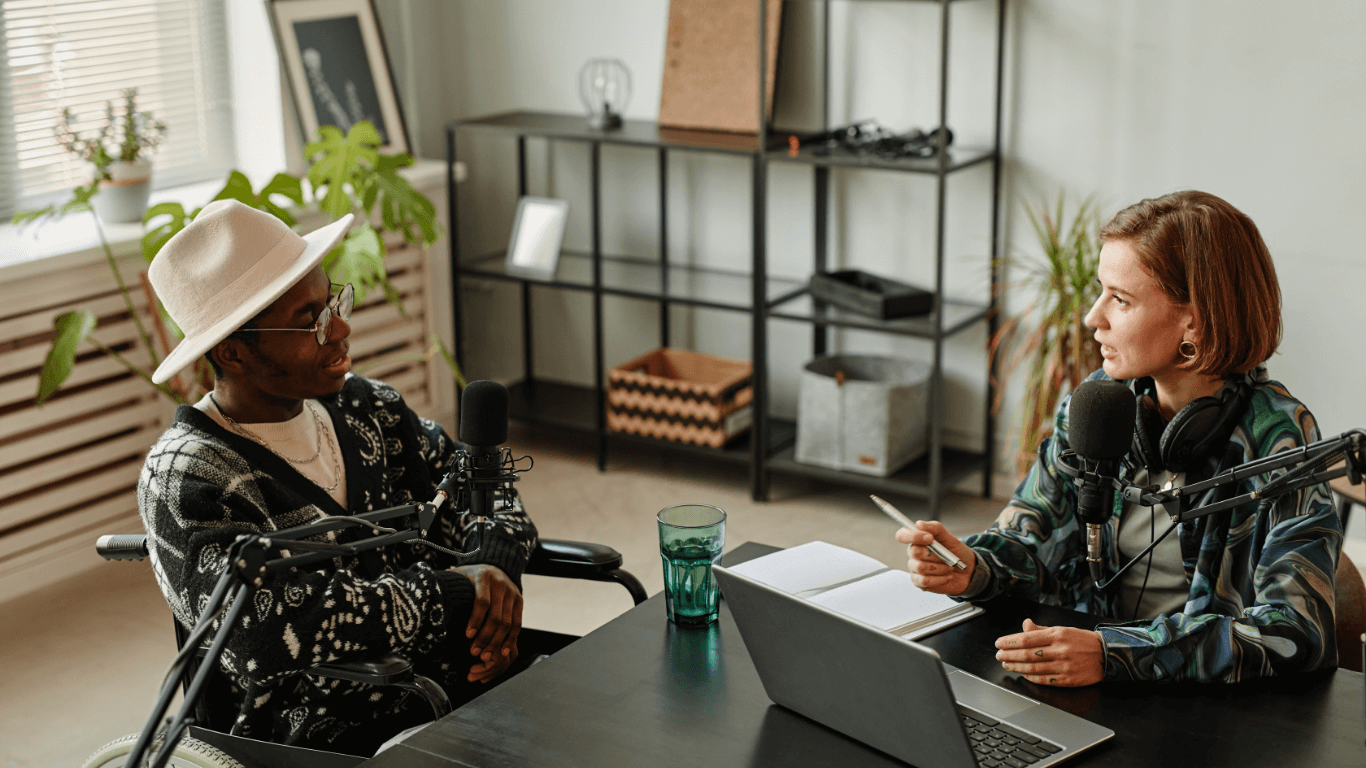
Beyond the actual questioning techniques, we always recommend blending the holy trinity of research:
Because most topics need to be reflected on and documented over time to be captured in full, as people’s views change depending on the day/ time you engage with them.
Because the well-documented Say/Do Gap shows that what people say vs. what they actually do is often totally different. A favourite example is watching Life-Logging footage of a woman gobbling McDonald’s, the same day as ardently professing she never eats out at restaurants.
Because doing and talking helps people be more eloquent about how they really feel about the future.
The aim of these different methodologies is to find creative ways to bypass these cognitive biases and truly understand what motivates people.
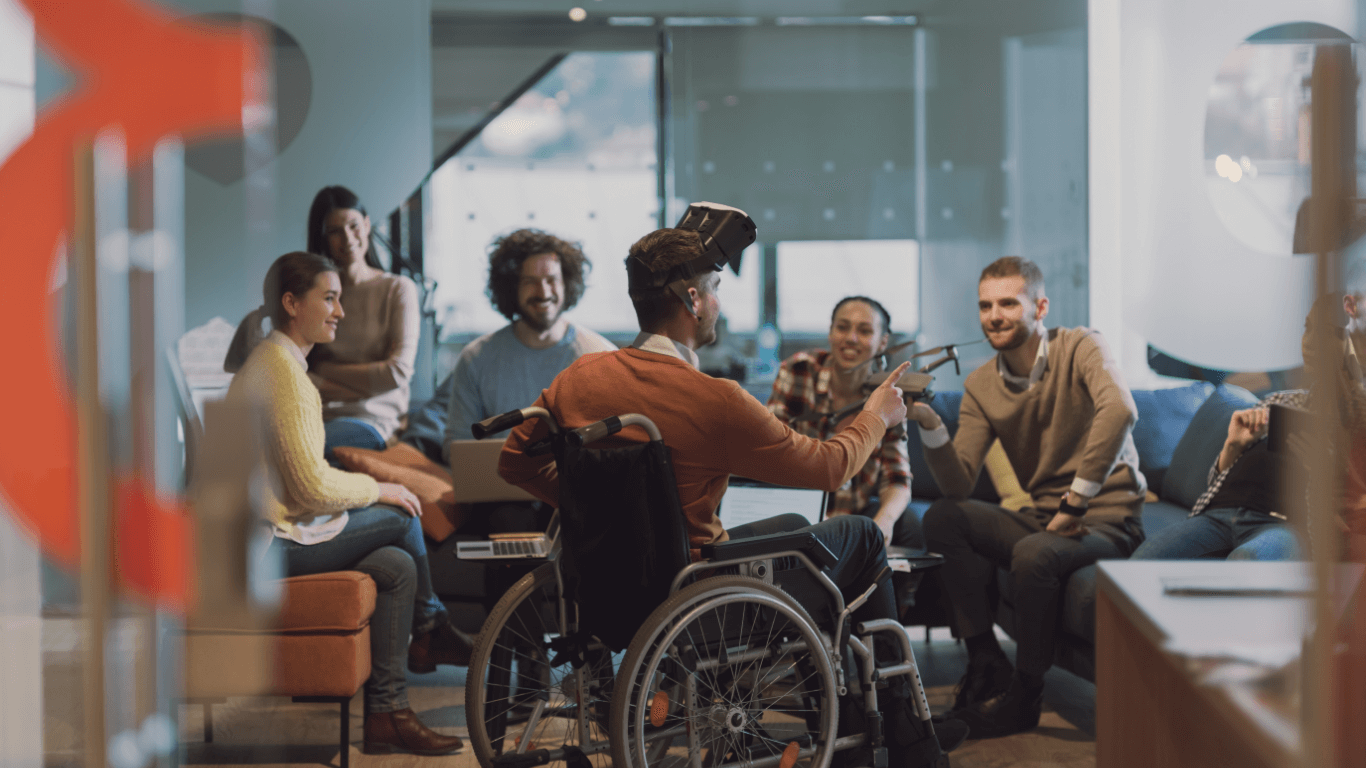
Across all of this, it’s vital that we’re being inclusive, both in who we speak to and how we design and run the research.
Not only is this the right thing to do – these audiences continue to be pushed to the margins and excluded by brands and the research industry – it’s also a commercial opportunity. By underestimating or alienating these audiences, brands are leaving money on the table. By making assumptions about “minorities” and the size of the prize, they’re operating under the mistaken idea that these audiences are not big enough to go after; when the truth of the matter is there are 40 million Black consumers in the US alone, one billion people around the world living with disabilities, and two billion Muslims globally, this is clearly not true. Additionally, we believe it’s our responsibility as researchers to create more equitable futures, ones that include instead of exclude the experiences, needs and wants of underserved consumers. Ones that make their lives better, not worse.
And we know that working with underserved consumers helps us explore the hacks they use in day-to-day life (because they’ve been underserved by brands) to inspire innovation, stretch thinking, and ensure that brand futures are being designed with all consumers in mind.
To get the right mix of consumers, we run tailored recruitment campaigns, use specialised partners, and build intrigue and prestige around why they’re a great fit for helping answer the challenge at hand.
We carefully design the research to accommodate all needs (e.g., physical accessibility, accommodating carers or support animals, visual impairments, considering different work schedules and hours, ability to collaborate and energy levels and more). We go on customers’ turf rather than force them to meet us, for better immersion and more authentic interactions. And we create a safe space to share and consider all the details to make the experience as comfortable as possible (e.g., adapting to their schedules, building in breaks, partnering with researchers who look like them and speak their language).
This isn’t simply about language requirements but making sure we design with different cultures in mind. This is true for topics as diverse as Sustainability to Generations. E.g., a conversation about gender would need to be approached entirely differently whether you’re talking to Gen A or Boomers, and again with Brits or German or Chinese consumers.
It’s vital that we don’t look at trends or customer behaviour from a Western lens, but actually have people embedded in that culture to be analysing the patterns or behaviours. That’s why we always include someone from the market we’re studying in the work, so we don’t miss important nuances.

As we shared earlier, needs stay the same, but behaviours and expectations constantly evolve and shift. That’s why it’s imperative to remain open to new information and update the work with new behaviour signals, brand examples and implications.
Consumers don’t go around hunting for big game-changing innovations. They look for tiny improvements in their lives. Take the rise of second-hand online shops like Vinted. The concept of recycling seeded itself decades ago with bottles and plastic, and it’s only gradually in the last few years that people have got more & more comfortable with the idea of swapping furniture, clothes, accessories, and tech in an easy, affordable way. To the point where the second-hand apparel market was estimated at $71.2million (in 2022) and set to grow by 14.8% by 2032. It didn’t happen with a bang, but with a slow increase of options and shift in people’s desire to be more sustainable and more circular, prompting more people to take part.
So, we think it’s vital to keep close to signals of change (both from primary and secondary research). This way you can update your framework with fresh stories, fresh brand examples, and reassuring data that keeps inspiring innovation, strategy and CX stakeholders to build the right solutions.
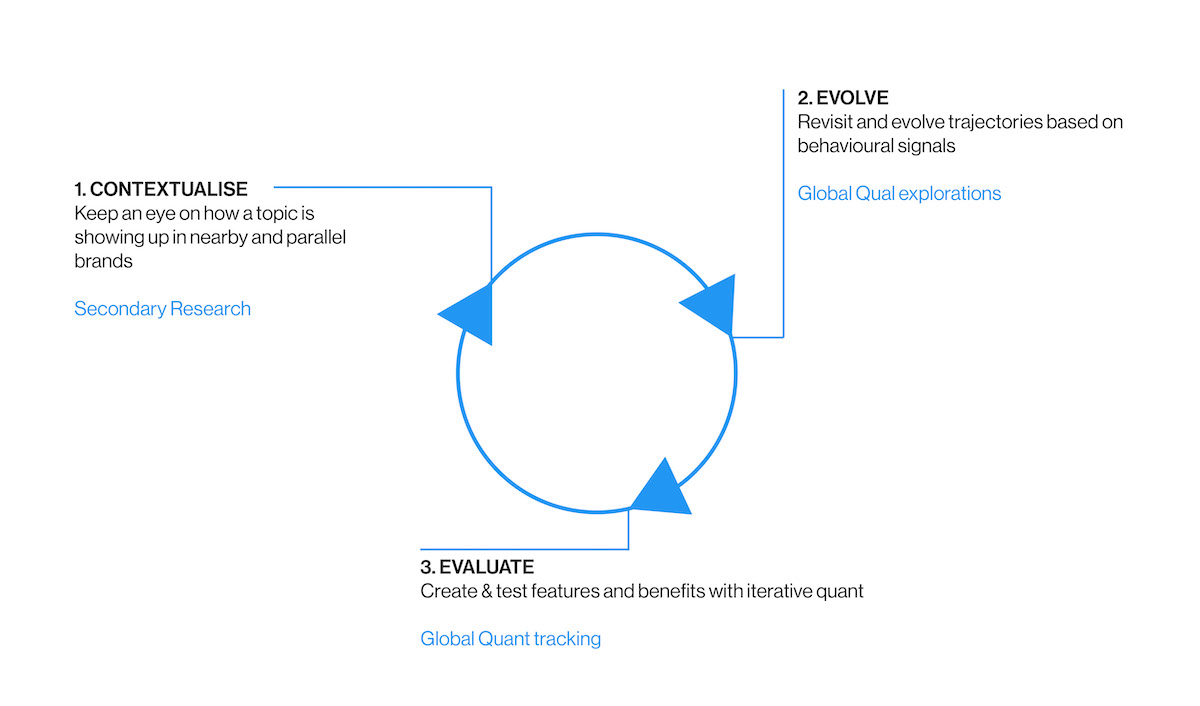
What this means for our process is that we:
Keep an eye on the space you’re monitoring (e.g., Modern Sustainable Luxury or Activism amongst Gen Z) and dive into how it’s showing up in nearby and parallel brands to help you stay ahead of the pack.
Based on this, run fresh research to zoom into emerging topics, and identify new behavioural signals that show how a pattern is evolving.
Iterative research lets you test features and benefits at scale, to provide confidence in decision making.
So, you’ve got a clearer view of the future world; what people will think, feel, and do in this world; and your brand’s role in this future world. But now you face an even bigger problem: convince the business to act. Our final principle will give you tools on how to get the business to buy into your future vision.
Introducing our 3 Foresight principles.
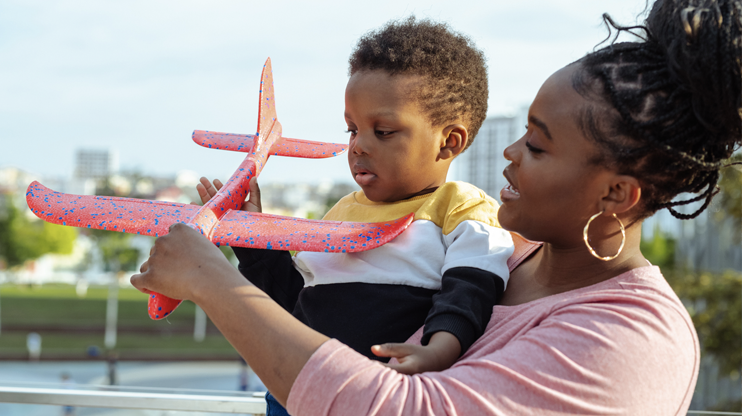
PRINCIPLE 1
Create trajectories, not only destinationss
How do we move from crystal-ball gazing to building an intuitive muscle for what’s next? We’ll show how using trajectories to work backwards can help you avoid costly mistakes.
FORESIGHT
THE FORESIGHT TOOLKIT
Your ultimate companion for seamless foresight work.

Unlock the key to foresight success with our comprehensive toolkit! By downloading our poster guide and complete whitepaper, you’ll gain access to invaluable insights and practical guidance.
This toolkit not only provides an easy and digestible understanding of foresight, but it’s also the perfect resource to assist with foresight brief creation and study design for any insight function. Whether you’re penning a concise brief or crafting a captivating study, our fool proof 3 principles will lead you to success.
Don’t miss out on this opportunity to supercharge your foresight journey. Download your toolkit now and embark on a path of foresight excellence!




